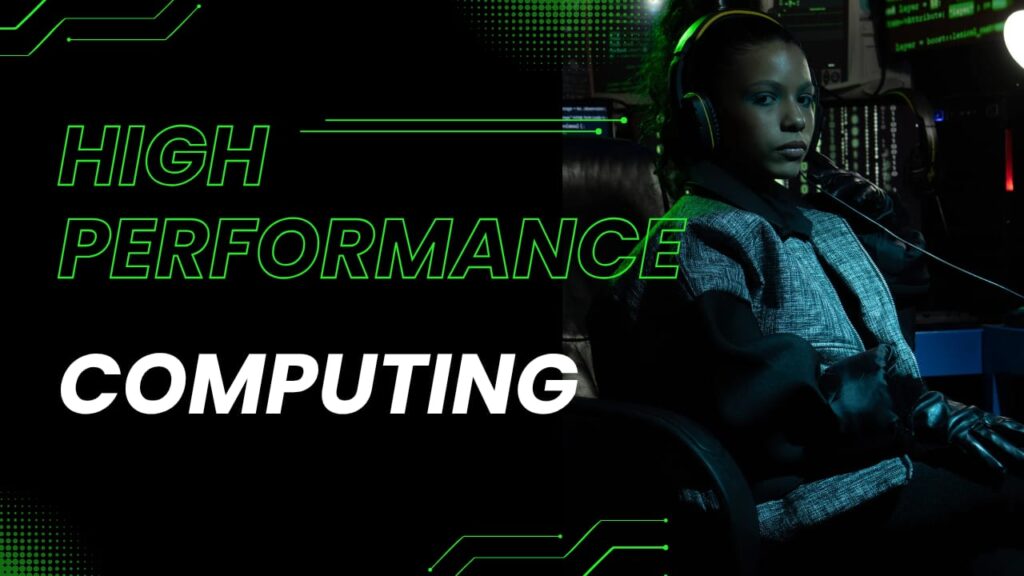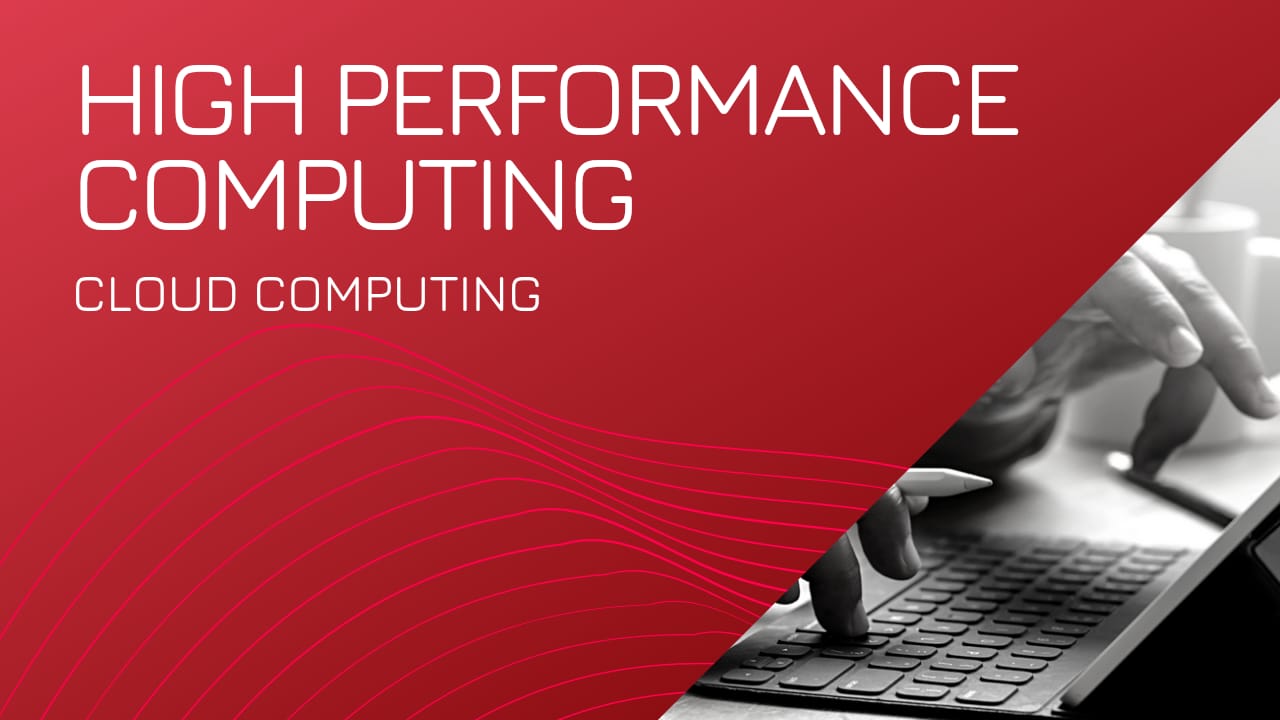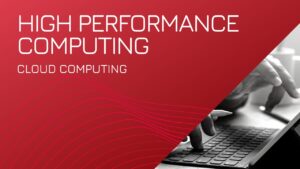High Performance Computing (HPC) Simplified 2025: Benefits, Use Cases & Impact

High Performance Computing (HPC)
In high-performance computing systems, a pool of processors (processor machines or central processing units [CPUs]) connected (networked) with other resources like memory, storage, and input and output devices, and the deployed software is enabled to run in the entire system of connected components.
High performance computing (HPC) is the ability to process data and perform complex calculations at high speeds. To put it into perspective, a laptop or desktop with a 3 GHz processor can perform around 3 billion calculations per second. While that is much faster than any human can achieve, it pales in comparison to HPC solutions that can perform quadrillions of calculations per second.
also read Complete Java Roadmap 2025 – Master Java from Scratch to Advanced
High Performance Computing (HPC) Simplified 2025: Benefits, Use Cases & Impact
The need for high-performance computing (HPC):
In the modern world, ground breaking discoveries and inventions can only happen with technology, data and advanced computing. As cutting-edge technologies like artificial intelligence (AI), machine learning (ML) and IoT evolve, they require huge amounts of data. They also need high-performance computing because HPC systems can perform quadrillions of calculations per second, compared to regular laptops or desktops that can perform at most 3 billion calculations per second (with a 3 GHz processor).
- It paves the way for new innovations in science, technology, business and academia.
- It improves processing speeds, which can be critical for many kinds of computing operations, applications and workloads.
- It helps lay the foundation for a reliable, fast IT infrastructure that can store, process and analyse massive amounts of data for various applications.
- High-performance reduces the need for testing devices such as driverless cars in the real world.
How does HPC work?
The HPC workflow consists of the three components, they are:
- Compute
- Network
- Storage
Here, we would like to list major points:
- To build an efficient and high-performance computing architecture, in HPC computational servers are interconnected to work on large or complex operations in the Cluster environment.
- In the cluster, where software programs or algorithms run simultaneously to produce the effective outcome.
- Then the cluster will be networked together in the data storage to produce the output.
- To operate at the maximum level, each component in the cluster should pace with each other (in the cluster each component is referred to as a node).
- The storage component should be able to feed and inject the data from various network sources.
- Each networking component should be able to deliver high speed data transportation between the computational servers and data storage devices.
HPC systems can run different types of workloads. Two popular types are parallel and tightly coupled workloads.
- In parallel workloads, computational problems are divided into small, independent tasks that can run in parallel at very high speeds. Often, these workloads don’t communicate with each other. Examples of such workloads include risk simulations, logistics simulations, contextual search and molecular modeling.
- When workloads are divided into smaller tasks and communicate continuously with each other as they perform their processing, they are said to be tightly coupled. This usually happens with workloads across different nodes in a cluster. Some common examples of tightly coupled workloads are automobile collision emulations, geospatial simulations, weather forecast modeling and traffic management.
HPC use cases
Deployed on premises, at the edge, or in the cloud, HPC solutions are used for a variety of purposes across multiple industries. Examples include:
| Research labs | HPC is used to help scientists find sources of renewable energy, understand the evolution of our universe, predict and track storms, and create new materials. |
| Media and entertainment | HPC is used to edit feature films, render mind-blowing special effects, and stream live events around the world. |
| Oil and gas | HPC is used to more accurately identify where to drill for new wells and to help boost production from existing wells. |
| Artificial intelligence and machine learning | HPC is used to detect credit card fraud, provide self-guided technical support, teach self-driving vehicles, and improve cancer screening techniques. |
| Financial services | HPC is used to track real-time stock trends and automate trading. |
| Manufacturing | To design, manufacture and test new products using simulations. |
| Healthcare | To research and develop new vaccines, drugs and treatments for diseases; improve screening techniques; and to make more accurate patient diagnoses. |
| Aerospace | For personnel training and to create critical simulations for airplane testing. |
| Financial services | To automate trading, detect credit card fraud and track real-time stock trends. |
| Meteorology | To predict and track storms and other unusual weather patterns. |
A supercomputer is one of the best-known examples of HPC, in which one large computer is made up of many computers and processors that work together to achieve parallel processing and high performance.
Benefits of HPC
HPC helps overcome numerous computational barriers that conventional PCs and processors typically face. The benefits of HPC are many and include the following.
High speeds
HPC is mainly about lightning-fast processing, which means HPC systems can perform massive amounts of calculations very quickly. In comparison, regular processors and computing systems would take longer — days, weeks or even months — to perform these same calculations.
HPC systems typically use the latest CPUs and GPUs, as well as low-latency networking fabrics and block storage devices, to improve processing speeds and computing performance.
Lower cost
Because an HPC system can process faster, applications can run faster and yield answers quickly, saving time or money. Moreover, many such systems are available in “pay as you go” modes and can scale up or down as needed, further improving their cost-effectiveness.
Reduced need for physical testing
Many modern-day applications require a lot of physical testing before they can be released for public or commercial use. Self-driven vehicles are one example. Application researchers, developers and testers can create powerful simulations using HPC systems, thus minimizing or even eliminating the need for expensive or repeated physical tests.
What is High Performance Computing
High Performance Computing: 3 Benefits, 10 Use Cases & More
HPC Explained: Key Benefits, Use Cases & How It Works
High Performance Computing: Why It Matters & How It Works
The Ultimate 2025 Guide to High Performance Computing (HPC)
High Performance Computing (HPC): 2025 Trends, Tools & Insights
Explore High Performance Computing (HPC): 2025 Deep Dive
Types of computing in cloud computing
High Performance Computing (HPC) Demystified: 3 Game-Changing Benefits, 10 Real-World Use Cases & Why It Matters
High Performance Computing (HPC) Explained: 3 Essential Benefits, 10 Impactful Use Cases & Why It’s Critical Today
High Performance Computing (HPC) Unleashed: 3 Major Benefits, 10 Transformative Use Cases & How It Works








2 thoughts on “High Performance Computing (HPC) Simplified 2025: Benefits, Use Cases & Impact”